What are the three basic types of art?
Representational art aims to depict real, identifiable objects which can be easily recognized by the viewer.
There are three basic types of art: representational art, abstract art, and non-objective art. All other art styles, such as impressionism, abstract-expressionism, surrealism, and minimalism can be categorized into one of these three types of art.
The word “representational,” when used in art, means that the work represents something that exists in reality; it may be a tree in a landscape, a bird in still life, or a figure in a painting.
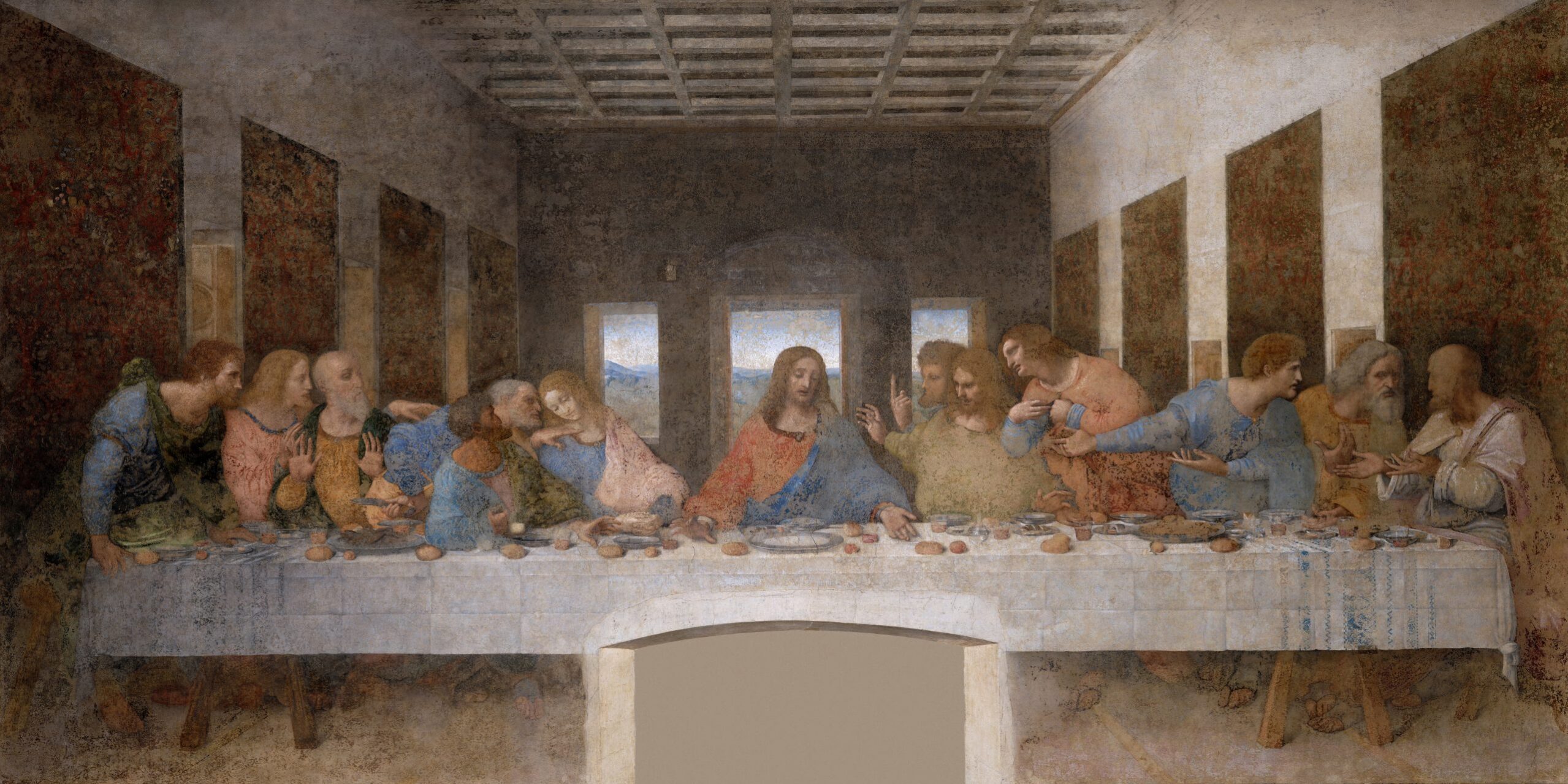
What is representational art?
If we look back in art history, most of the art that was produced was representational. In fact, representational art has been around since man existed. You can look at cave paintings and immediately recognize animals, birds, flora and fauna, and in some cases you can even identify what kind they are. Before the renaissance, paintings were very flat and one-dimensional, but you could still recognize them as being representational. As painting skills progressed with the development of perspective, shade and light, and the improvements in the quality and availability of oil paints, so paintings became even more realistic.
During the 1800s, artists began to experiment with more impressionistic style art, leaving the viewer’s eye with more work to do to appreciate the subject matter. However, they were still very much representational art works.
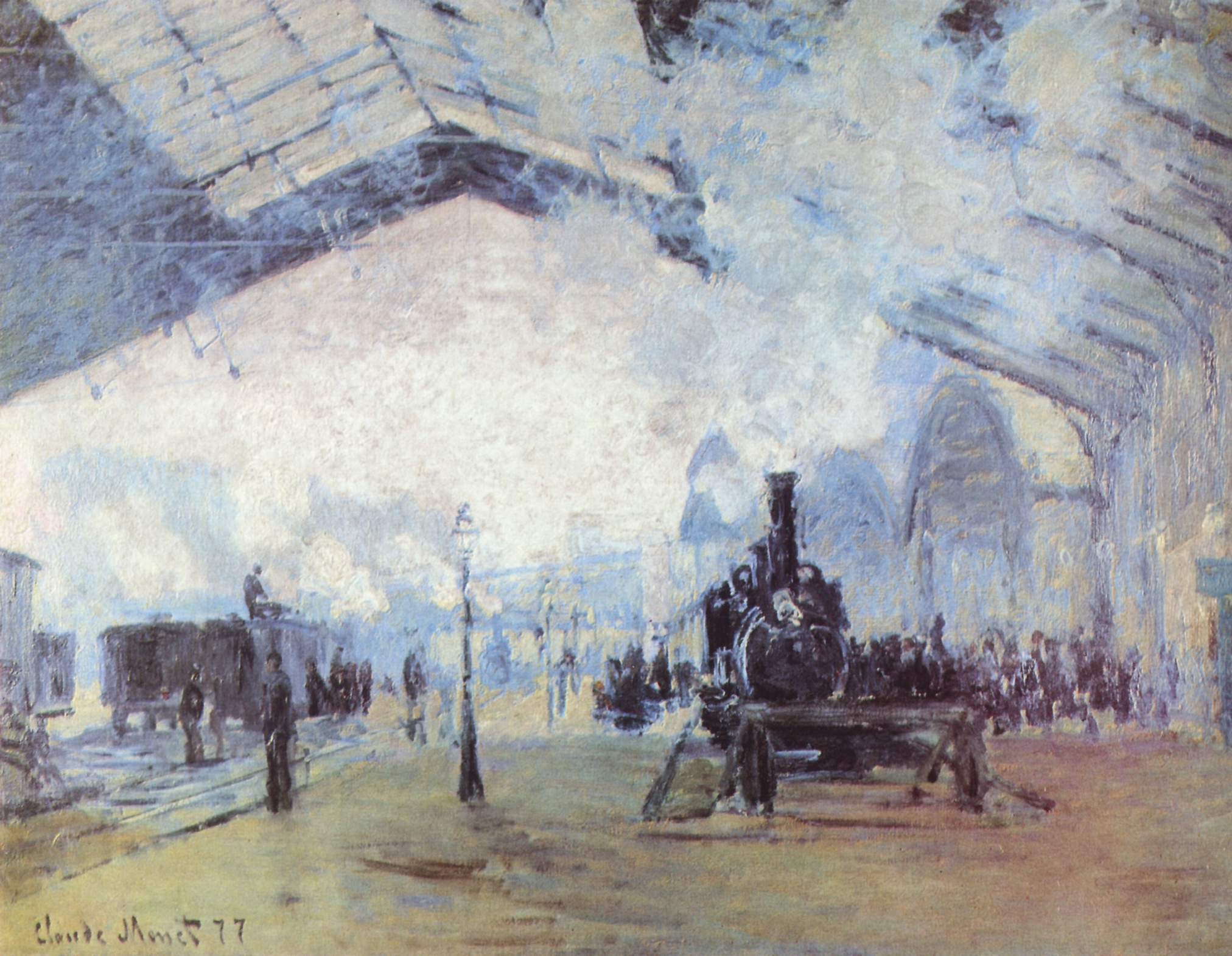
What is abstract art?
Abstract art was developed from representational art, where the colors, lines, and shapes themselves are the center of the art, and not the subject matter itself. It is not purely representational art, but rather an interpretation of reality.
Abstract art is a recent invention and didn’t appear until the start of the 20th-century. It can be traced back to Impressionism, Post-Impressionism and Cubism. Artists who painted in these styles were the first to realize that you did not need to make a photographic, or realistic, copy of a object or scene.
Abstract painting typically starts with an object that exists in the real world but presents those subjects in a different way. The broad term “abstraction” is defined as the distancing of an idea from its reference. In painting, it means capturing a object without a literal representation of it. One of the best examples of abstract art is Picasso’s “Three Musicians”. When you look at the painting, you can tell the objects are meant to be three individuals with musical instruments, but neither the musicians nor their instruments are depicted in a realistic way.
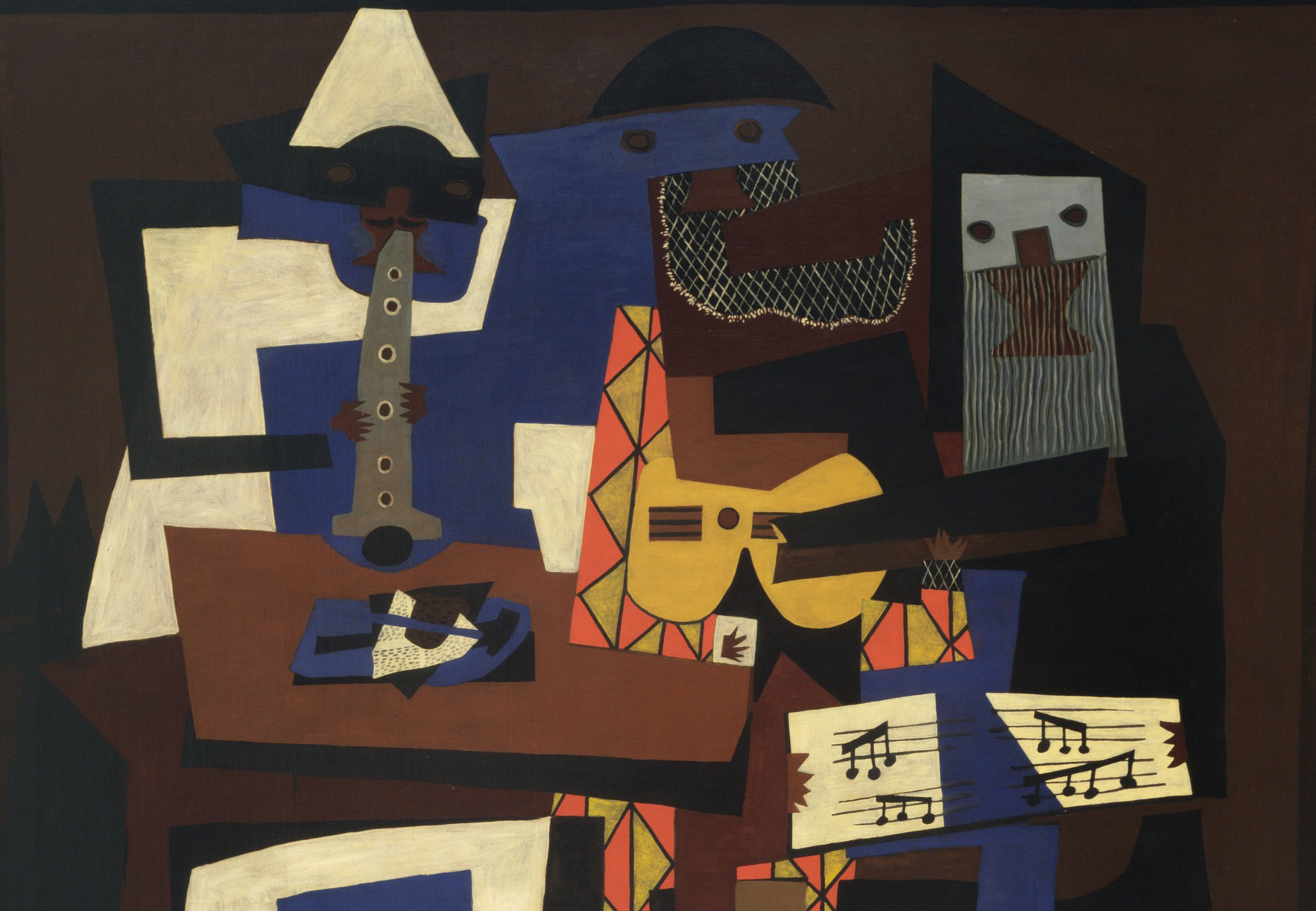
What is non-objective art?
Non-objective art does not represent any kind of reality at all. Instead, it works with color, texture, and other visual elements. The subject of the painting is not identifiable, as it is far from reality. The best example of a non-objective artist is Jackson Pollock, whose work involved complex splatters of paint.
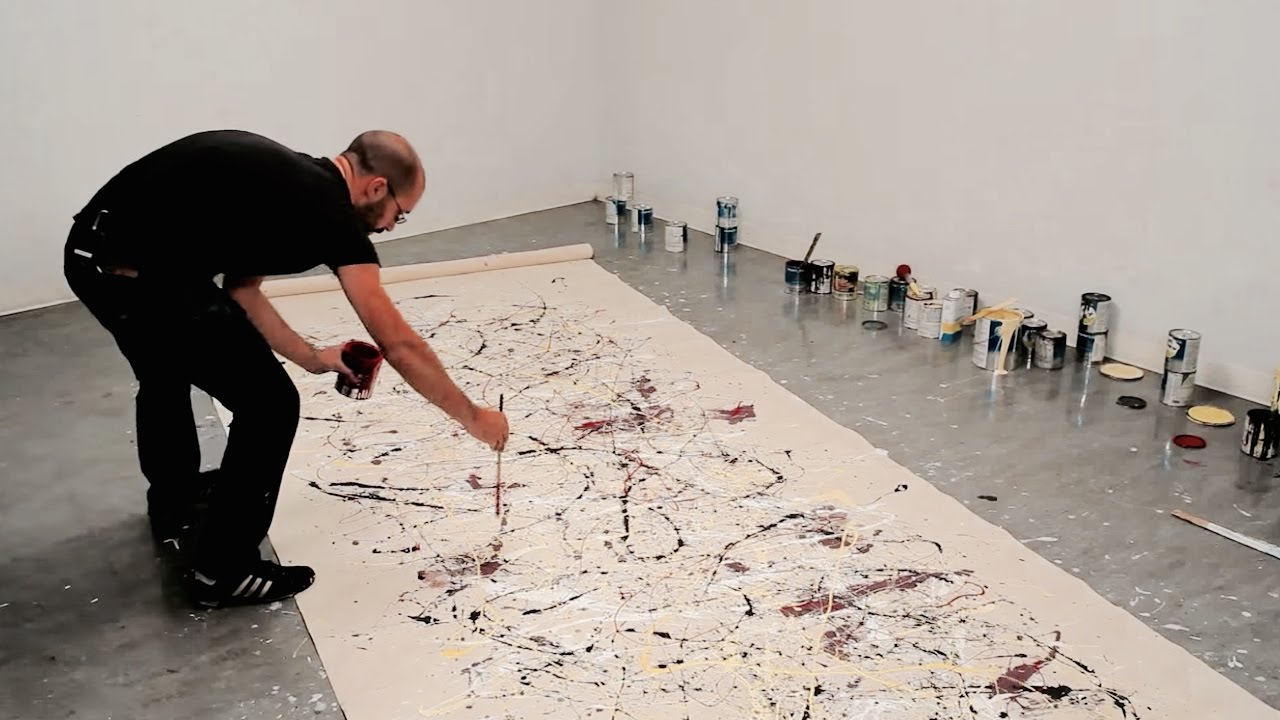
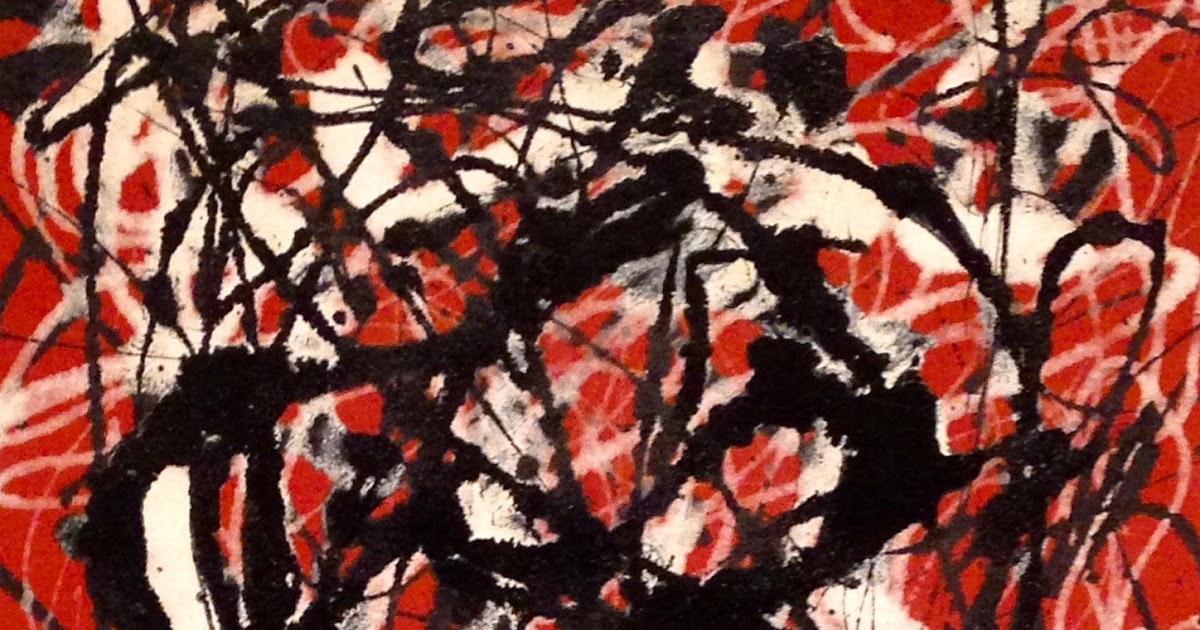
Has representational art disappeared?
Representational art is the oldest, most well-known, and still the most popular among these three types of painting. Representational art ranges from pure realism, such as the photorealists in the late 1960s, to impressionism in the 1800s, to surrealism in the early 1900s, to fauvism in the turn of the 18th century, and all the way through to cubism, abstraction, and even cave paintings.
Apart from the time that non-objective painting came onto the art scene, all paintings were based on some kind of realism. In the 20th and early 21st century, there were many contemporary artists who delved more into abstraction, expressionism, and other forms of less realistic art. One of the most recognizable expressionist painting is The Scream, by Edvard Munch.
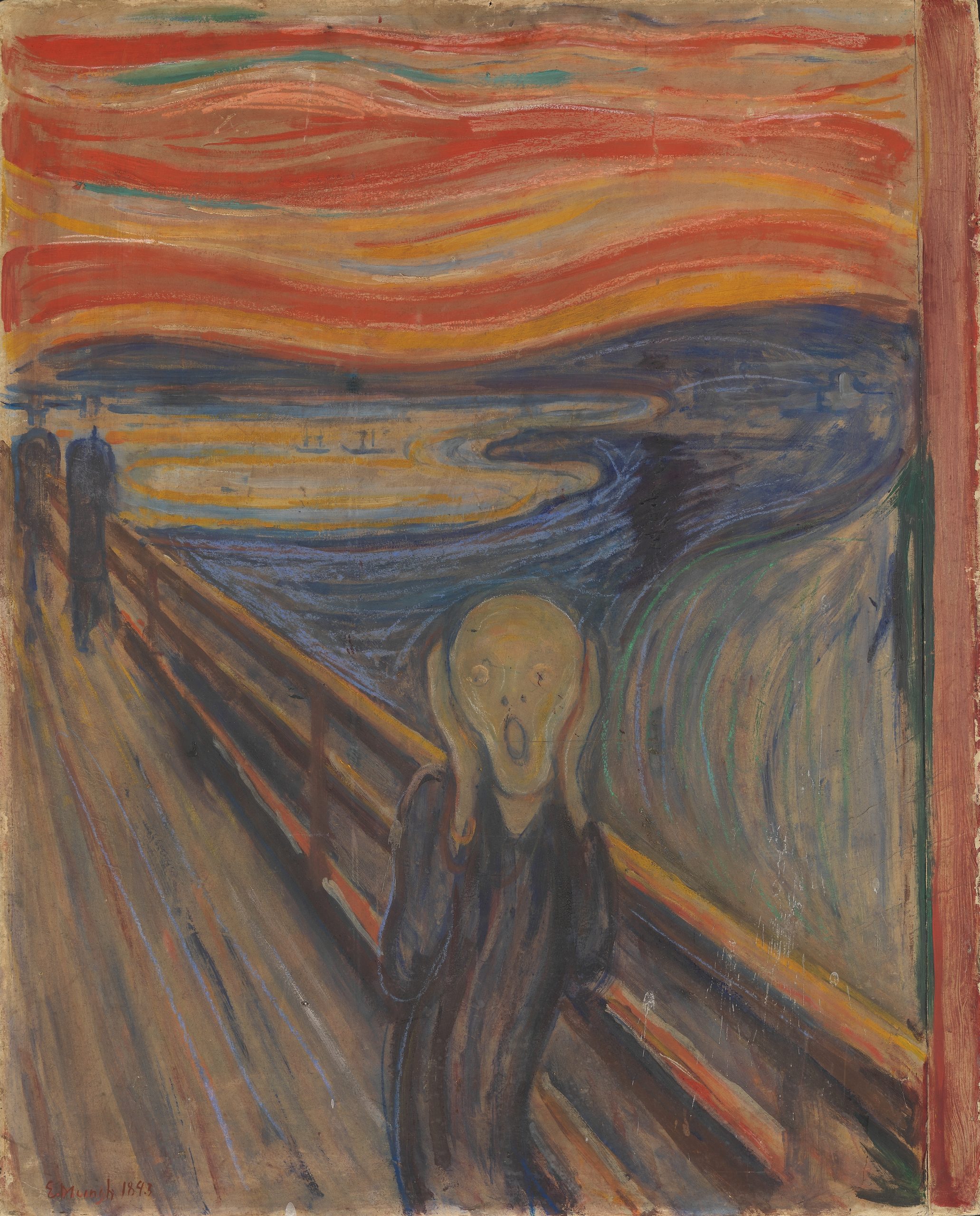
However in the 1980s there was a big move back to creating more representation art, and current artists are beginning to research the old-master skills that were lost when they stopped teaching them in universities around the world.
Thankfully there were still artists creating representational art who knew how to capture subject matter in the way of the old masters, and luckily we have their paintings, books, students, and other resources to teach us their skills. Also, while the western world were experimenting with new art forms and styles, the Russians and Chinese were still learning old master skills in their universities, and they continued to paint in a representational manner. Now we have their resources to bring those old master skills into current day art.
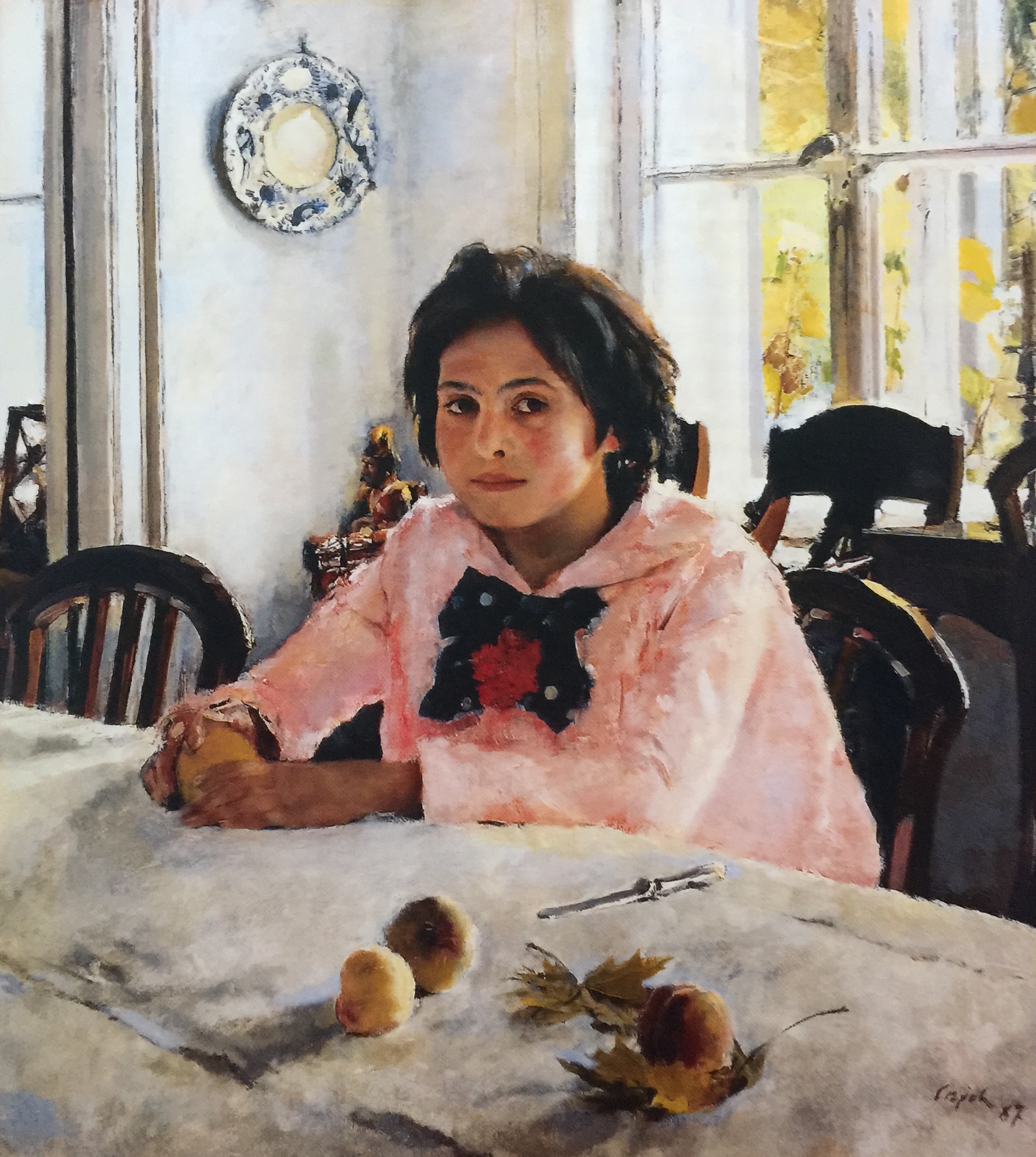
Some Russian and Chinese artists to look at are, Valentin Serov, Isaac Levitan, Konstantin Korovin, Nicolai Fechin, Bato Dugarzhapov, Sergei Bongart, Ovanes Berberian, Jove Wang, Quang Ho, Mian Situ and Huihan Liu.
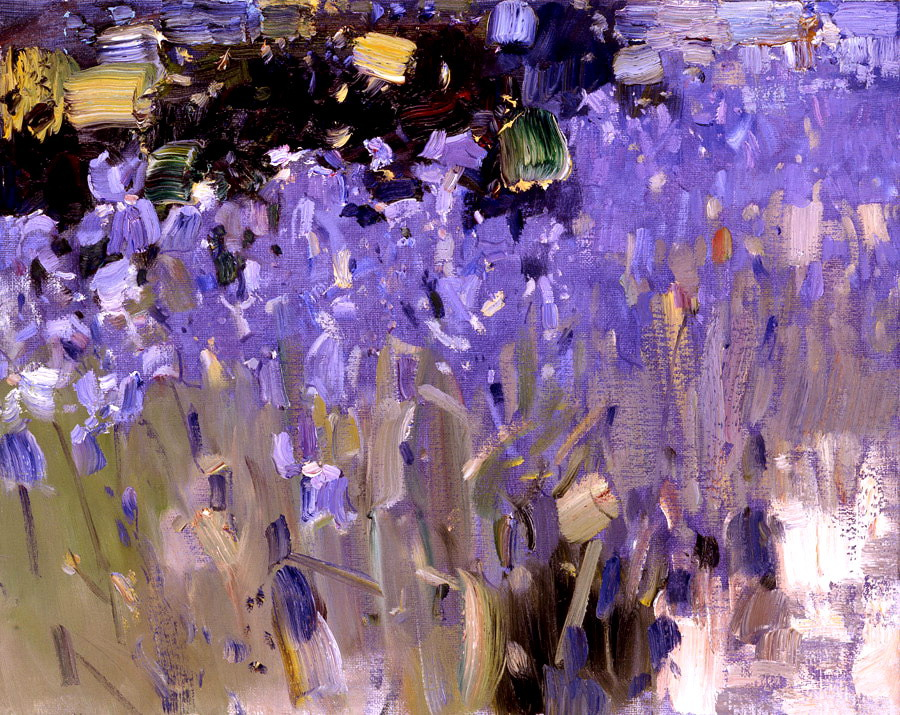
In the 1900s, there were several groups of artists working in California who were following the representational art traditions. They painted in an impressionistic style, and mostly plein air (the would complete the painting outdoors). When contemporary art came into fashion, the California artists work was no longer popular, and so their paintings weren’t selling. In the 1980s, people realized they were losing a major part of art history, and seeing how inexpensive their paintings were, started snatching them up. Now some of them are worth millions of dollars. Most of these plein air painters came from the East, the Midwest and Europe, where they were influenced by the French Impressionists.
Some of the more prominent artists of the time were: William Wendt (1865–1946), Granville Redmond (1871–1935), Edgar Payne, Armin Hansen (1886–1957), Franz Bischoff (1864–1929), and William Ritschel (1864–1949).
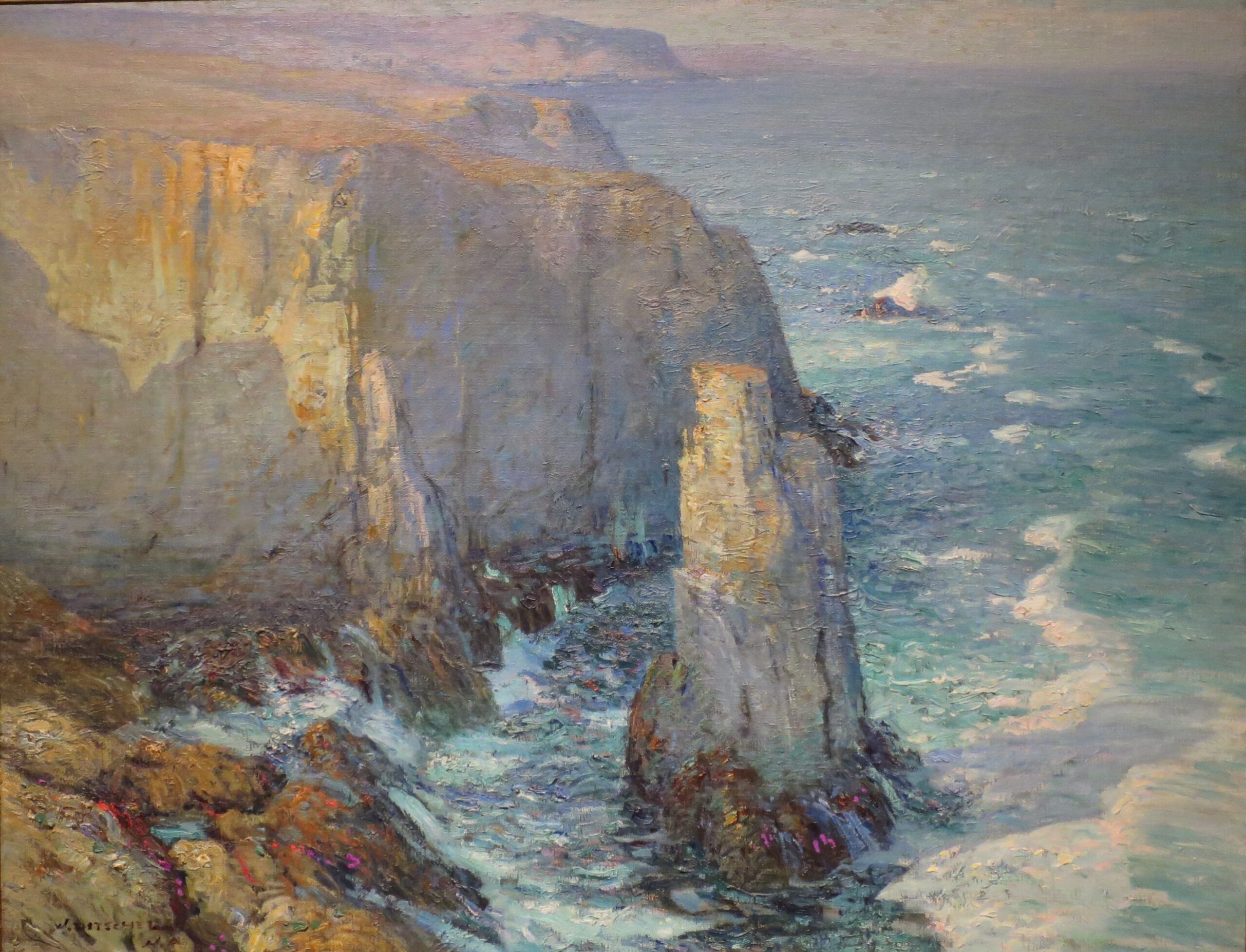
Nowadays, representational art has exploded as an art form again, all over the world. In galleries and museums where you once only saw modern art, now you can see paintings that have evolved and created a new modern art genre.
Who can help me to create my own representational art?
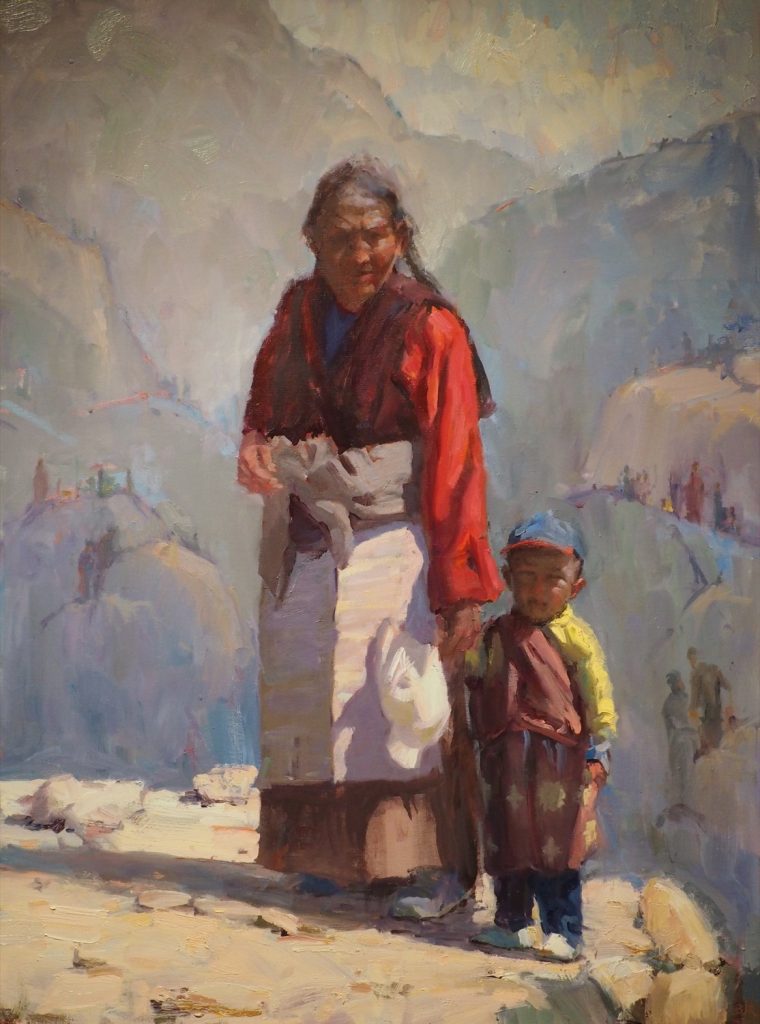
Since 2003, the Virtual Art Academy has been helping artists worldwide to build and expand their painting skills. The VAA is built around a framework of nine skill Building Blocks™. The information in these Building Blocks was gathered during over 25 years of research by Barry John Raybould: reading out-of-print books written by master artists, attending workshops of artists who were taught the old master traditions, and trawling the internet for any little snippet that he could add to the extensive eLibrary and lessons.
Over the four-year course of our Apprentice Program you will learn all the key skills in every one of these nine Building Blocks.
The proof that this method works is the fact that Barry John has received many awards for his representational art, his paintings are in museums and many homes around the world, and he now has thousands of students who have gone through his online lessons and live workshops and are now achieving their own accolades.
It doesn’t matter which form of representational art you want to follow, the VAA will teach you all the principles so that you can develop your own style, in any medium you wish to use.
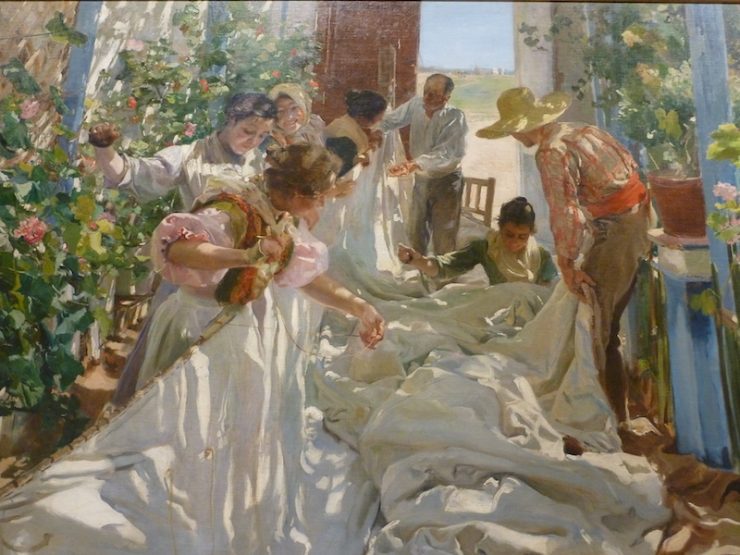
Add comment